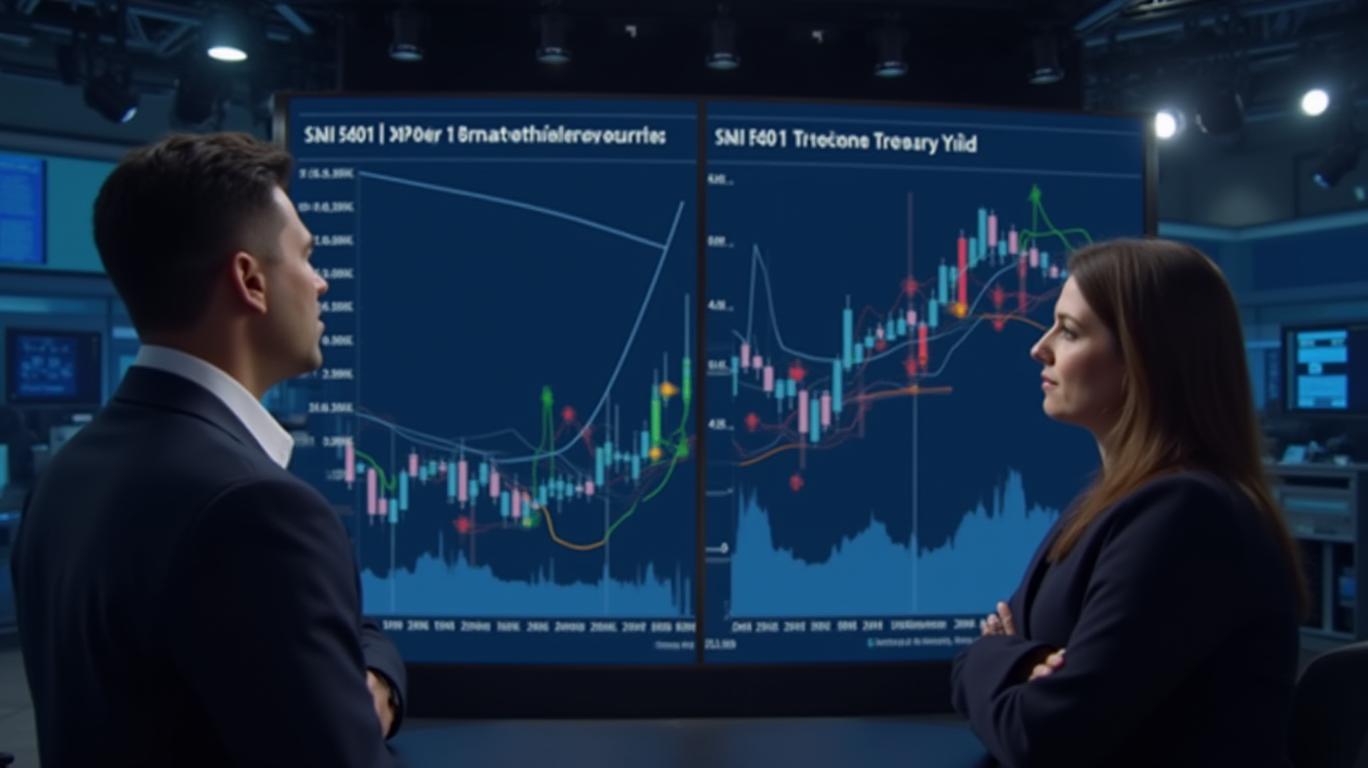Navigating Volatility: Key Inflation Milestones and Fed Signals to Shape Markets This Week
The week of May 26, 2025, marks a critical juncture for global markets, as pivotal inflation data releases and Federal Reserve communications will test investor resolve. With central banks worldwide grappling with shifting fiscal policies, trade tensions, and the lingering shadow of supply-chain disruptions, traders must prepare for heightened volatility. Below, we dissect the data points and Fed commentary to watch, along with their implications for bond yields, equity valuations, and portfolio positioning.
The Fed's Crucial Speech: Powell's Tone Could Define Yields

On Monday, May 26, Federal Reserve Chair Jerome Powell delivers a speech at 2:40 AM HK time (equivalent to late afternoon U.S. ET). While no policy changes are expected, traders will scrutinize his language on inflation risks, fiscal deficits, and the impact of escalating trade tariffs. The Fed's ongoing review of its 2020 average inflation targeting framework—particularly its focus on “shortfalls” in employment—adds urgency.
Why it matters: If Powell signals heightened concern over inflation persistence or hints at a slower easing cycle, bond yields (especially the 10-year Treasury) could spike, pressuring equities. Conversely, dovish remarks about anchored inflation expectations might lift risk assets.
The PCE Deflator: The Fed's Favorite Gauge Takes Center Stage
The U.S. Core Personal Consumption Expenditures (PCE) Price Index for April drops on May 30, with expectations of a modest 0.1% MoM rise. This metric is the Fed's preferred inflation barometer, and a reading above consensus could reignite fears of sticky pricing pressures.
Actionable insight: A hotter-than-expected PCE print would likely pressure the Fed to delay rate cuts, undermining bond-heavy portfolios. Meanwhile, equities in rate-sensitive sectors like tech and real estate could underperform.
Global Inflation Crosscurrents: From Australia to China
While the U.S. dominates headlines, Australia's April CPI (May 28) and China's May PMI data (May 31) will also sway markets. A higher-than-expected Australian CPI could force the RBA to delay easing, while China's manufacturing and non-manufacturing PMIs will signal whether its economy is stabilizing.
Trade implications: Weak Chinese PMI readings could amplify fears of a global growth slowdown,打压 commodity prices and emerging-market equities. Meanwhile, a resilient U.S. PCE might boost the dollar, squeezing EM assets further.
Technical Traps and Tailwinds: Bitcoin's Overhang
Cryptocurrency markets are not immune to inflation dynamics. Bitcoin's recent surge to an all-time high of $111,977—bolstered by regulatory clarity and a weakening dollar—faces technical resistance.
Risk alert: With the RSI above 70, a pullback toward $102,000 is likely if inflation data or Fed comments spook risk assets. Traders should treat rallies as selling opportunities until the PCE print confirms disinflation.
Positioning for Volatility: A Playbook
- Bond Hedging: Short-duration Treasuries (e.g., 2-year notes) offer insulation against yield spikes. Avoid long-dated bonds unless the Fed signals explicit dovish shifts.
- Equity Rotations: Rotate into inflation-resistant sectors like energy (XLE) and materials (XLB) if PCE surprises to the upside. Favors defensive plays (utilities, healthcare) if volatility spikes.
- Crypto Caution: Use Bitcoin's potential correction as a buying opportunity only after inflation data stabilizes.
Final Call: Stay Nimble, but Avoid Overreaction
The week's data deluge demands discipline. Traders who focus on the Fed's inflation narrative—and how it intersects with global growth—will be best positioned to capitalize on shifts in market sentiment. With the Fed's credibility on the line and fiscal policy uncertainties mounting, this is a week to trade aggressively but with risk limits in place.

Act now: Monitor Powell's speech on May 26 and the PCE print on May 30 as key inflection points. The stakes are high—but so are the rewards for those who read the data correctly.
Avi Salzman's analysis emphasizes actionable insights without explicit endorsement of specific trades. Past performance ≠ future results. Always consult with a financial advisor.

Comments
No comments yet